Andong Gangodeungeo Teojutdaegam (안동간고등어터줏대감)
18.4Km 0 2021-03-24
217, Jeonseo-ro, Andong-si, Gyeongsangbuk-do
+82-54-823-1500
This is a place where you can enjoy Andong Jjimdak, the representative dish of Andong. This restaurant's signature menu is andong braised chicken. This Korean dishes restaurant is located in Andong-si, Gyeongsangbuk-do.
Museo de Máscaras del Mundo de Hahoe (하회세계탈박물관)
18.4Km 4869 2024-05-14
Jeonseo-ro 206, Pungcheon-myeon, Andong-si, Gyeongsangbuk-do.
Hahoe Matjip (하회맛집)
18.5Km 180 2021-03-22
214-6, Jeonseo-ro, Andong-si, Gyeongsangbuk-do
+82-54-853-3776
This place sells Andong's representative food. This Korean dishes restaurant is located in Hahoe Village, Gyeongsangbuk-do. The representative menu is Andong braised chicken.
Andong Jip (안동집)
18.5Km 51 2021-03-23
214-6, Jeonseo-ro, Andong-si, Gyeongsangbuk-do
+82-54-843-0054
It is a place where you can have a meal in Ondol, a traditional Korean house styles. This restaurant's signature menu is set menu with grilled salted mackerel. This Korean dishes restaurant is located in Andong-si, Gyeongsangbuk-do.
Cheonggiwa Minsok Sikdang (청기와민속식당)
18.5Km 46 2021-03-24
214-6, Jeonseo-ro, Andong-si, Gyeongsangbuk-do
+82-54-852-8361
It is a restaurant that sells delicious Jjimdak (steamed chicken) and seafood pancake. This Korean dishes restaurant is located in Andong-si, Gyeongsangbuk-do. The most famous menu is Andong braised chicken.
Ihwa Sikdang (이화식당)
18.5Km 63 2021-03-24
214-6, Jeonseo-ro, Andong-si, Gyeongsangbuk-do
+82-54-842-3456
This Andong Jjimdak restaurant is located near Hahoe Village. This Korean dishes restaurant is located in Andong-si, Gyeongsangbuk-do. The most famous menu is andong braised chicken.
Bune Sikdang (부네식당)
18.5Km 40 2021-03-24
214-6, Jeonseo-ro, Andong-si, Gyeongsangbuk-do
+82-54-821-2738
This is a place where you can enjoy Andong Jjimdak, the representative dish of Andong. The best menu at this restaurant is bibimbap. This Korean dishes restaurant is located in Andong-si, Gyeongsangbuk-do.
Hahoe Minsok Sikdang (하회민속식당)
18.5Km 32 2021-03-24
214-6, Jeonseo-ro, Andong-si, Gyeongsangbuk-do
+82-54-853-0521
This is a place where you can enjoy Andong steamed chicken and grilled mackerel, the representative foods of Andong. This Korean dishes restaurant is located in Andong-si, Gyeongsangbuk-do. The most famous menu is Andong braised chicken.
Ilmi Sikdang (일미식당)
19.0Km 24 2021-03-24
1672, Jipung-ro, Andong-si, Gyeongsangbuk-do
+82-54-853-2490
This is a place that is visited frequently by Andong citizens. This Chinese (cuisine) restaurant is located in Andong-si, Gyeongsangbuk-do. The most famous menu is noodles in black bean sauce.
Bukchondeak [Korea Quality] / 하회 북촌댁 [한국관광 품질인증]
19.2Km 115761 2020-09-08
7, Hahoebukchon-gil, Pungcheon-myeon, Andong-si, Gyeongsangbuk-do
+82-54-853-2110, +82-10-2228-1786
Located in Hahoe-ri (Pungcheon-myeon, Andong-si, Gyeongsangbuk-do), Hahoe Bukchondaek House is a hanok stay that was originally built by a civil official named Ryu Sa-chun in 1797 (the 21st year of the reign of King Jeongjo of the Joseon dynasty). It consists of a small sarangchae (men’s quarters) with two wing buildings at sides. As the anchae (women’s quarters), large sarang, daemungan (gate building), and shrine were built by Ryu’s great-grandson, Ryu Do-seong (who served as a governor of Gyeongsang-do), in 1862 (the 13th year of the reign of King Cheoljong), the house displays the typical features of a Joseon nobleman’s house and is the largest in Hahoe. The large sarangbang, Bukchonyugeo (measuring 7-kan* at the front, 3-kan at the sides), consists of two 2-kan rooms, two 1-kan rooms, a 4-kan daecheong (wooden floor), a 3-kan numaru (upper floor), a 3-kan kitchen, a 3-kan garret, a 5-kan toe (the narrow wooden veranda running along the outside of the building), and a jjokmaru (narrow wooden veranda). The entire building can be converted into a single space simply by opening the sliding doors between the rooms and the doors between the rooms and the daecheong. The medium-sized sarang, Hwagyeongdang, consists of a 2-kan room, a 1-kan daecheong, a 3-kan toe, and a jjokmaru, while the small sarang, Susinwa, consists of a 1-kan room, a 1-kan daecheong, and a 2-kan toe. The anchae has a courtyard in the middle, a kitchen, a main room, a daecheong, a gobang (storeroom), a witsangbang (upper room), a toenmaru (a narrow wooden porch running along the outside of the building), an araetsangbang, a jungmun that links to the large sarang, an araetgwang (storeroom), a dwiju (grain-chest), and a munganbang (gate building room). The munganchae (gate building) and shrine are also situated within the grounds of the house, along with a 300-year-old pine tree that is known for its curved shape, which is said to resemble the Nakdonggang River as it meanders around the village of Hahoe. The house contains valuable cultural heritages including Doseongpaldojido (Map of the Eight Provinces of Korea), which is estimated to date from the seventeenth century, and is regarded as an invaluable historic material as it includes Dokdo Island and Jiandao as part of the Korean territory, and a painting titled ‘Sehwa,’ which is believed to have been given to Ryu Yi-jwa (pen-name: Hakseo, 1763-1837) by the king as a New Year’s present. Bukchondaek House was built by one of the richest families in Hahoe, who are well known for their generosity as they have helped local people on many occasions throughout history. *kan: a unit of measurement referring to the distance between two columns.
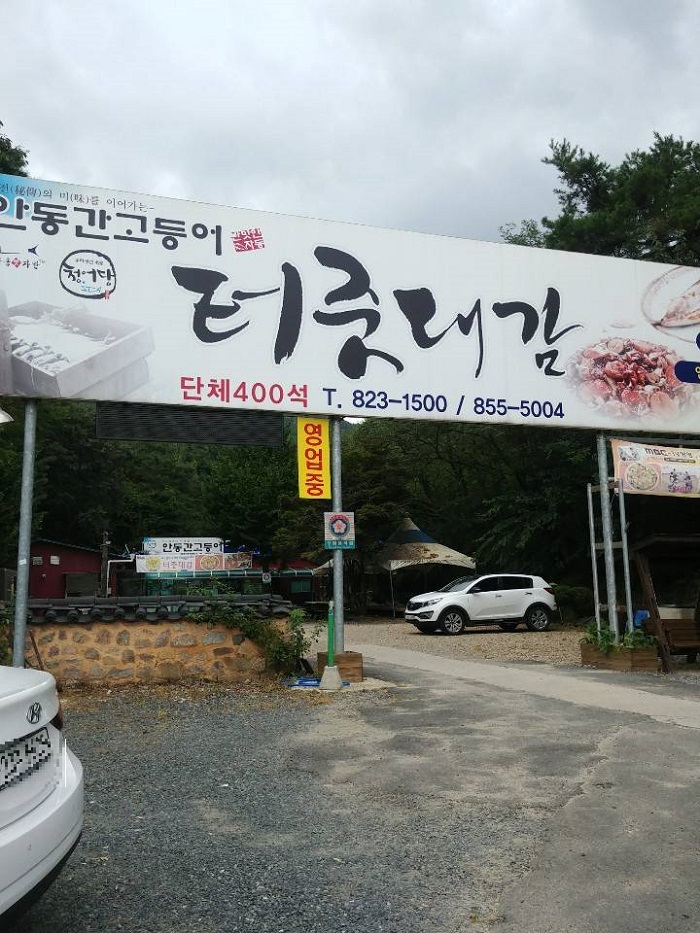
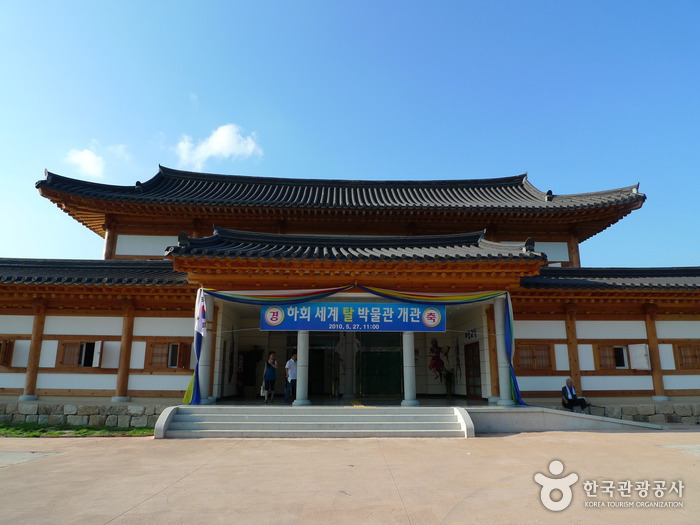
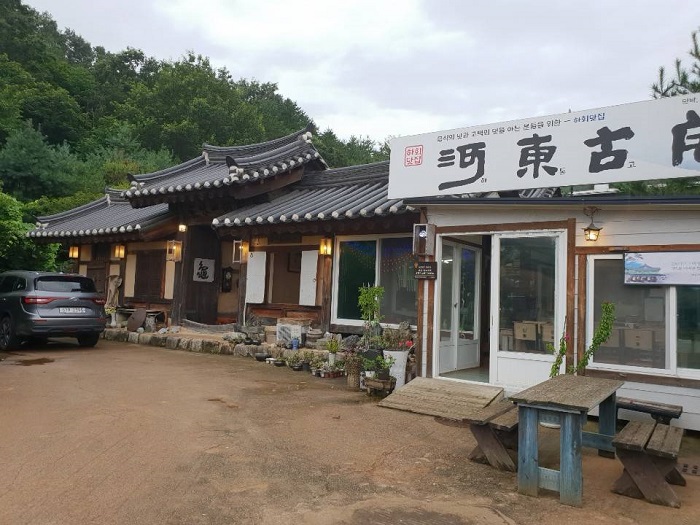
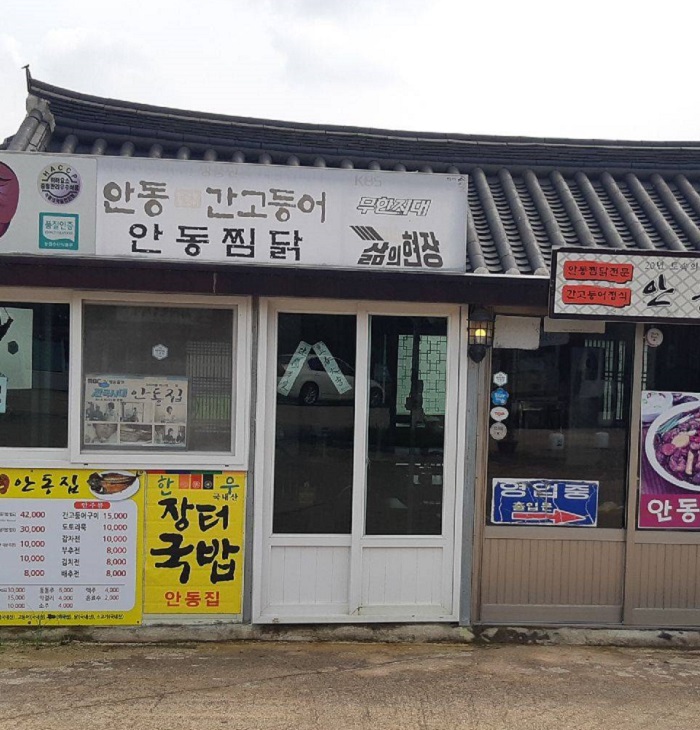
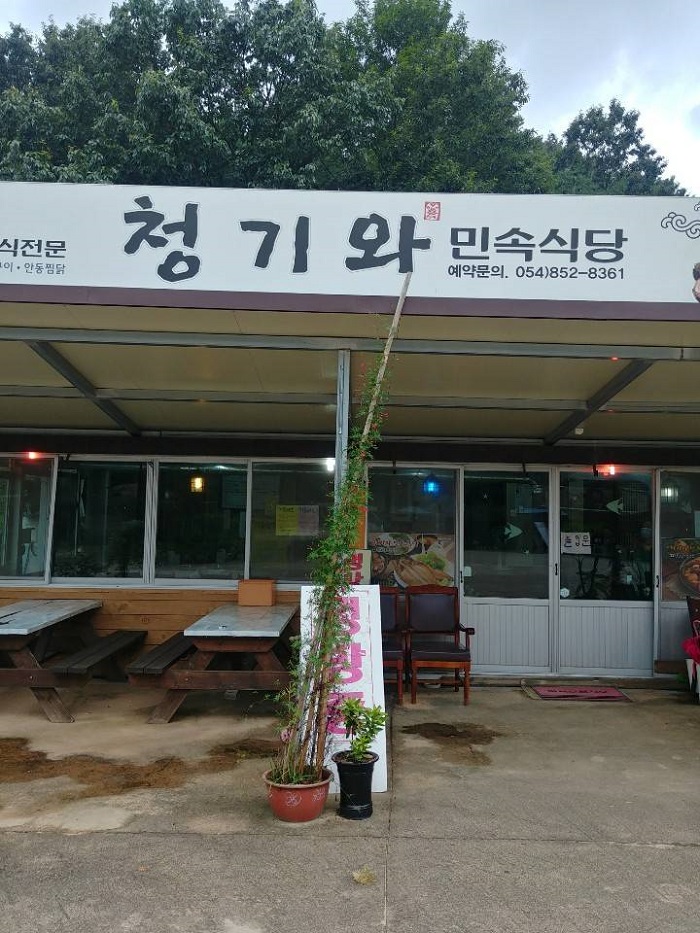
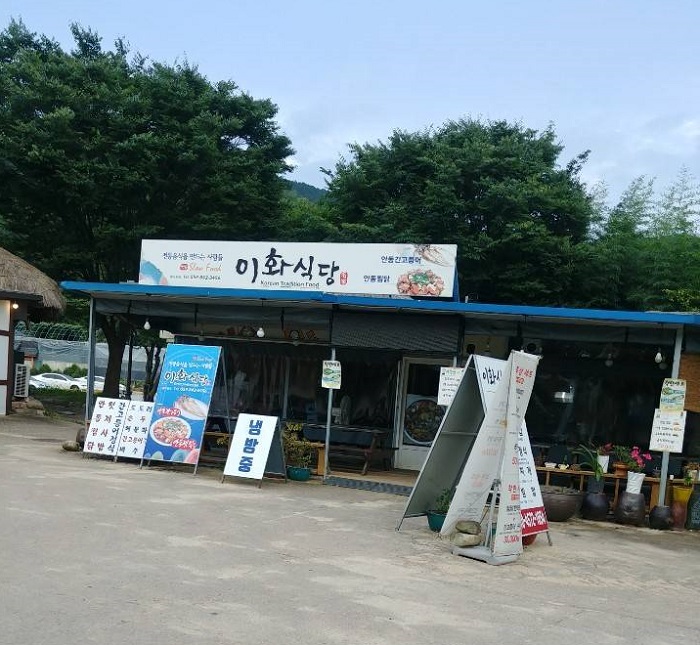
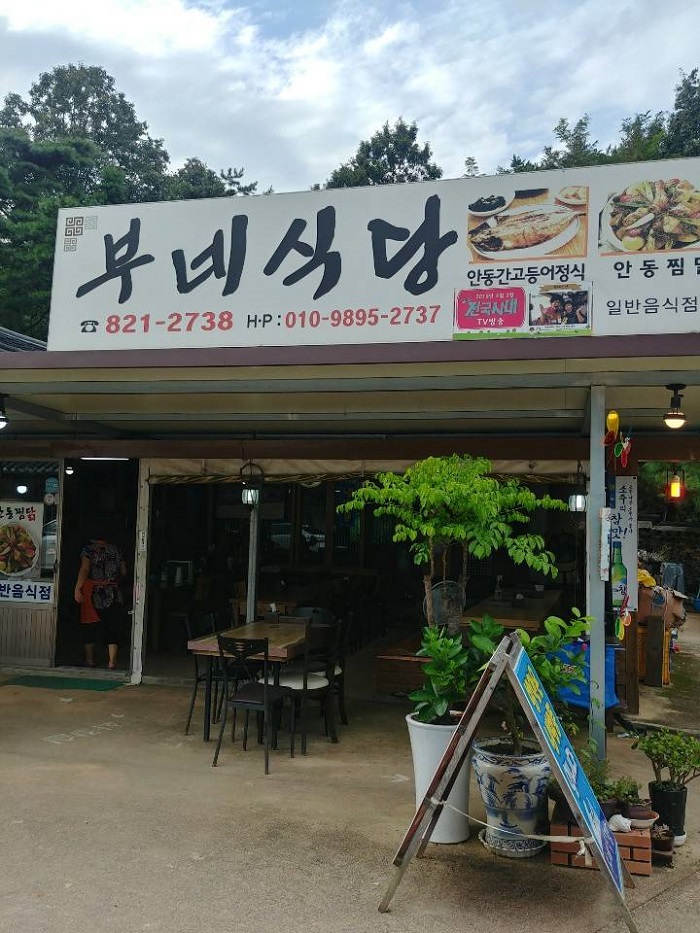
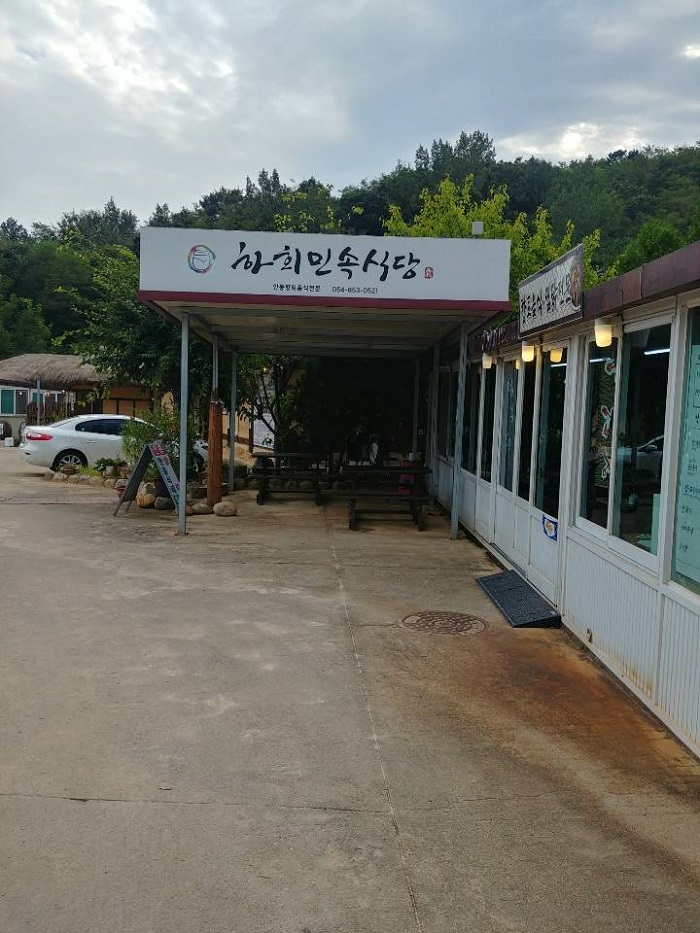
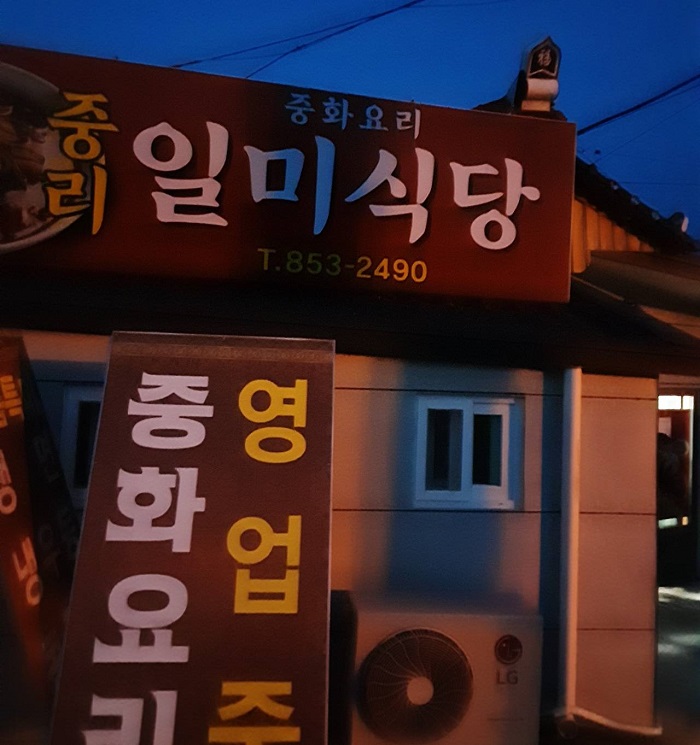
![Bukchondeak [Korea Quality] / 하회 북촌댁 [한국관광 품질인증]](http://tong.visitkorea.or.kr/cms/resource/74/2626274_image2_1.jpg)
 Español
Español
 한국어
한국어 English
English 日本語
日本語 中文(简体)
中文(简体) Deutsch
Deutsch Français
Français Русский
Русский